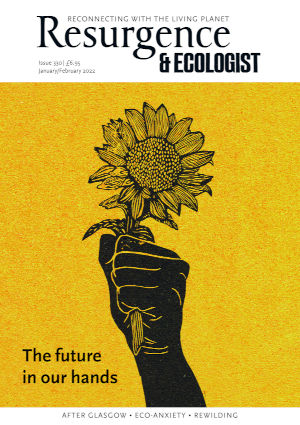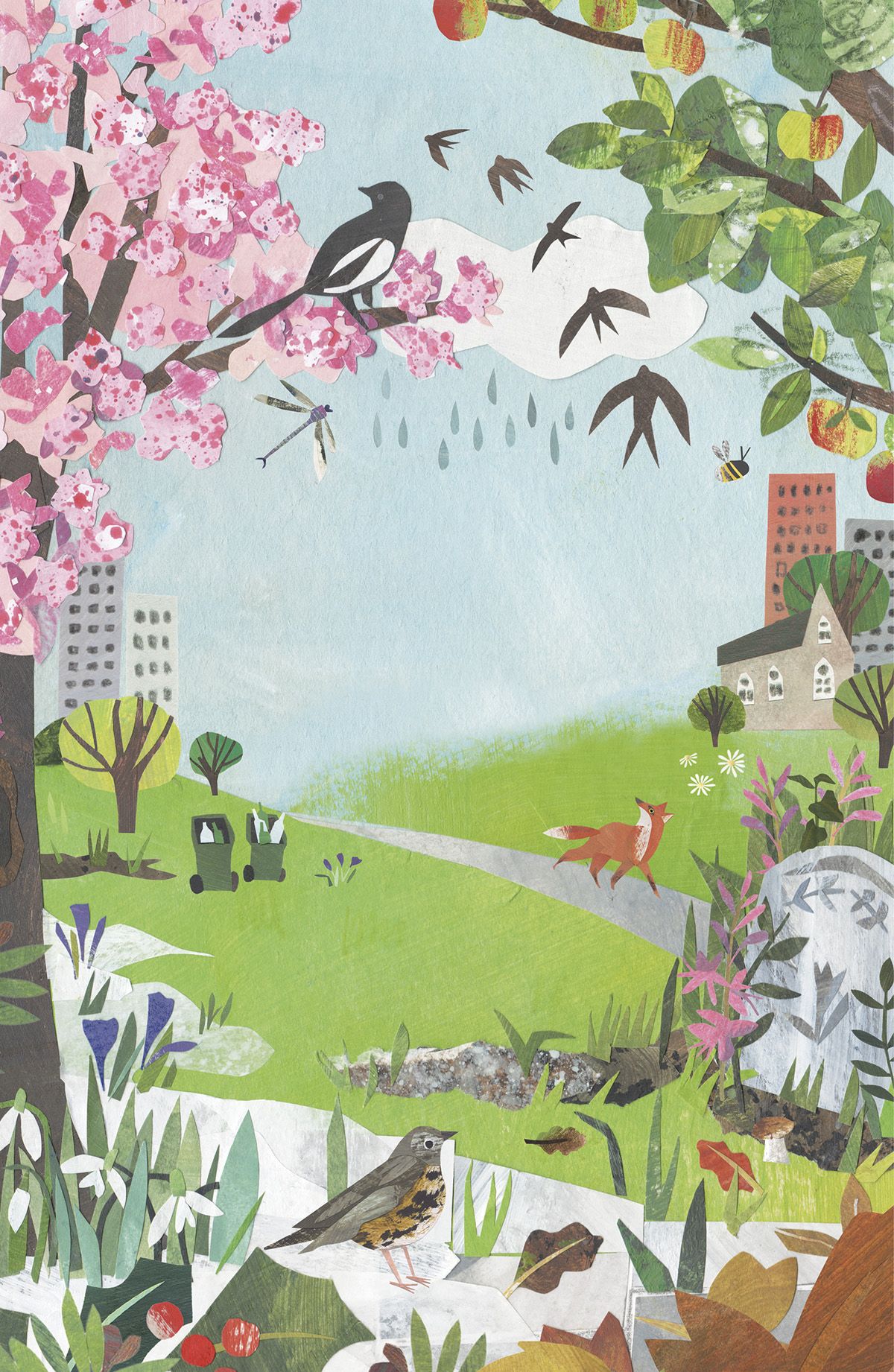A hook. Must every book have one? Is it the result of an elevator pitch world, where you have just twenty seconds to sell your concept? This book is about a British year, split into Japan’s 72 seasons. The idea seemed to me a little contrived, a way of repackaging the ancient art and science of phenology and Nature diaries, but then I began reading.
Light Rains Sometimes Fall is a delight from start to finish. Each of those 72 sections is a perfectly balanced, completely whole mini-story. The Japanese calendar has short, Nature-inspired names for each microseason, a period of five, or occasionally six, days, and the author, Lev Parikian, gives us a British version of each. So the Japanese ‘Thunder ceases’ becomes ‘Some leaves turn yellow’ and ‘Grass sprouts, trees bud’ in March is our ‘Blackthorn sheds blossom’.
The concept works on various levels. First, the short sections – each just a few pages long – are perfect for dipping into. I’d often find myself picking up the book, planning to read just one (instead of pointlessly scrolling on my phone), and finding myself racing through several. It brought little bursts of Nature into my day. I plan to reread it all more slowly this coming year, in glorious synchronicity with each dated entry.
The structure also creates an intensity of the gaze, a hyper-focus on the little shifts and changes around us. It is particularly fitting because the book covers lockdown in the UK and many of us will have experienced that heightened observation and deep connection with the natural world that came with a life stripped bare of many of its usual distractions. It’s a tender, intimate account of Parikian’s local patch.
There are few moments of crossover with the Japanese calendar, but when they occur, it is satisfying. Parikian finds a street full of flowering cherry trees, highly important in Japanese culture, near to his home, and explains: “The ritual of hanami (flower-viewing) has been around for over a thousand years, finding its expression not just as a group activity, but as a pivotal theme in poetry and art.”
For me, the biggest surprise and pleasure of the book was the humour. It is genuinely funny and irreverent – nothing dull or preachy going on here. And the footnotes of joy merit special mention. Footnotes have a dull reputation – where you might look for some geeky extra info or check that the author has provided a credible reference. Not here. Parikian has elevated them into the funniest gems, scattered liberally through the book. Telling us of “Forty-nine photographs; forty-nine shades of green,” the footnote adds, making me guffaw out loud, “So nearly a worldwide erotica sensation.” It’s like reading with a mischievous friend who always misbehaves in class and sends you notes that make you giggle.
I am also keen to celebrate the rise of the imperfect naturalist. How refreshing it is to have an author who doesn’t pretend to know everything, and who is on the same journey of discovery and curiosity that many readers (and indeed writers) are. I’m so over the rather patriarchal, authoritative voice that places itself on a higher realm. And that’s not to say that Parikian doesn’t bring a richness of knowledge and research to this book – he absolutely does – but rather that informing the reader comes second to providing wonder and entertainment.
If the hook of this book is contrived, I no longer care. It works. And if you’d like to see the year afresh, then Light Rains will bring you a bright new perspective, just like stepping outside after the first rain in weeks and taking a deep breath in.








